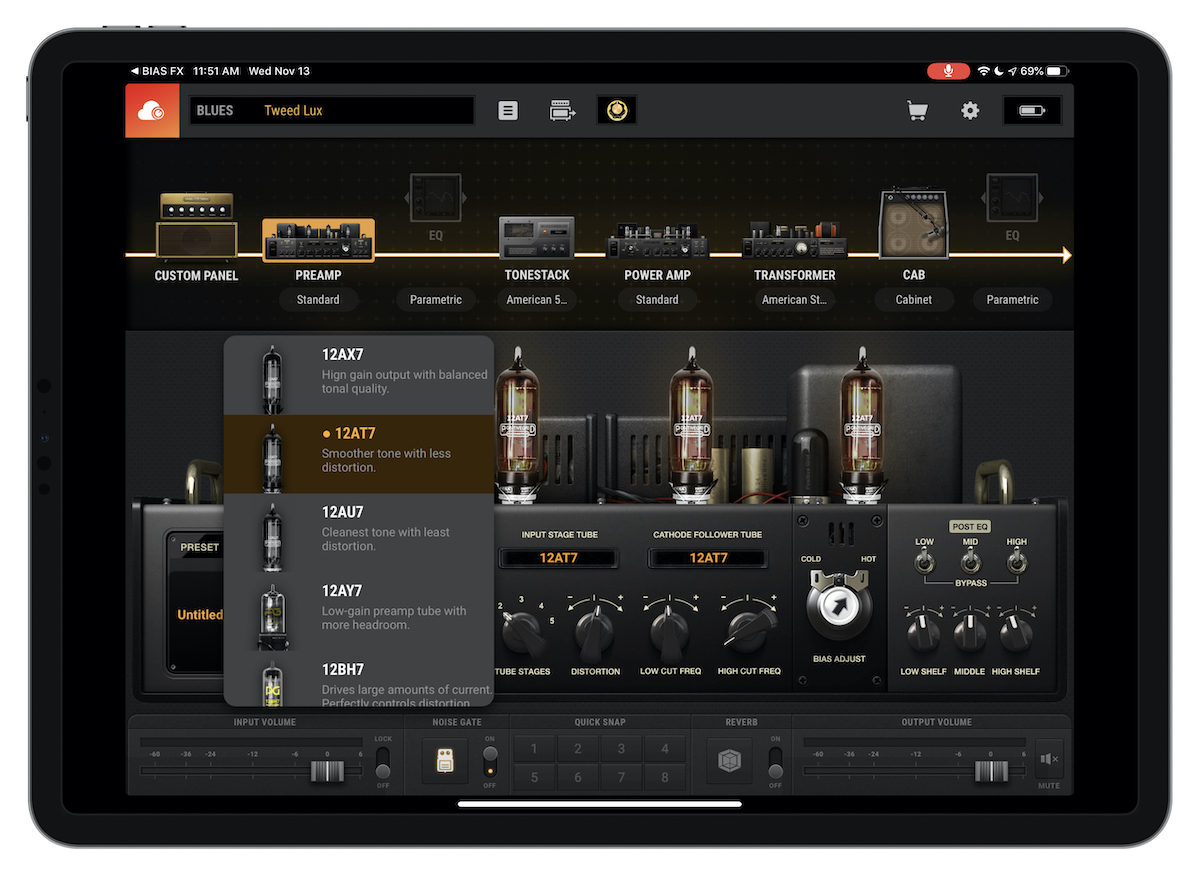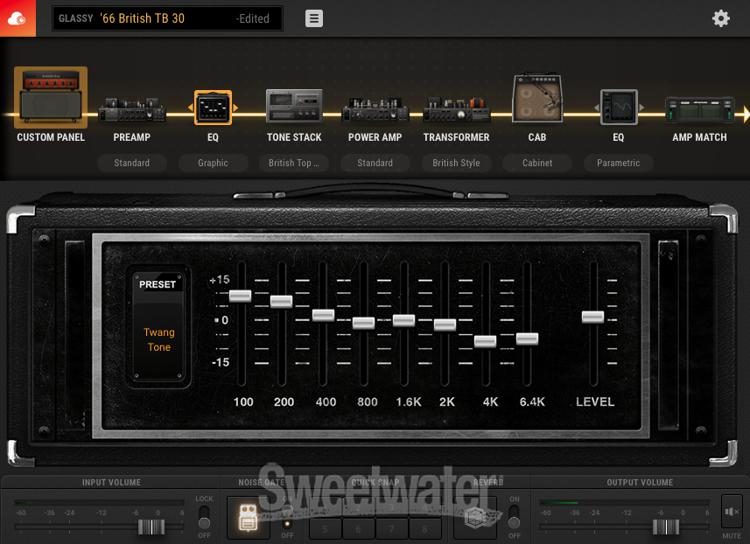

TL DR I don’t think you lose anything through upgrading but it’s annoying the cabs default to off. I haven’t played a guitar through it yet, so I can’t comment on the updated sound quality. I can’t see any new settings option that suggests a global setting for this. You can turn it on (but you have to enable “Unlock Signal path” in the settings!) but it doesn’t stick if you change preset again. One peculiarity (bug?) is that, from what I can see, ALL the amp presets have the cab turned off.
#BIAS AMP VS BIAS AMP 2 UPGRADE#
Access to the new tubes (2pre, 2power), cabs etc prompt for you to get the upgrade (£14.99). In terms of UI “update” it just looks like a re-skin for the main screen, the amp editing screens look exactly the same except the dials are harder to read, the mark on the knobs not so clear. I have to say, there doesn’t appear to be any difference functionally, other than one or two extra knobs in the EQ area and the option for a graphic vs parametric EQ. I updated my wife’s iPad to BIAS 2 and compared it to mine on 1.8.2. I may try the new version on my partner’s iPad. I think the original 3 IAP packs will carry over.
#BIAS AMP VS BIAS AMP 2 UPDATE#
I think the free update to BIAS 2 doesn’t get quite as much features as the paid-for version (presumably an IAP upgrade?) but looks like it’s a couple of tubes, cabs, mic, transformer options. Take note that there is a warning in the app description for users of the physical BIAS head & rack not to update due to an incompatibility! ” - the App Store is showing it as an update to my existing app, so that must be free, but the store isn’t showing any IAPs so I don’t know whether anything has been stripped out of the base product to become IAP, or whether the existing amp packs will carry over. I’m also a little concerned over the statement “BIAS Amp 1 owners qualify for special pricing. I haven’t downloaded the update yet, very wary of a 2.0.0 version, there’s sure to be some gremlins ! but it seems to have had quite an overhaul. I can’t seem to copy/paste the update notes on iPad. Always a crap shoot with me.It looks like Positive Grid have released a 2.0 version of BIAS Amp, certainly on the UK App Store. This is quite different from a resistive loaded valve where a slight change in bias current causes a large voltage fluctuation at the plate because of the large value resistor sitting right there. The plate voltage will only change a relatively small amount. When reactively loaded, changing the cathode bias resistor mainly has the effect of raising and lowering the current. I think you may be mixing up resistive loaded vs reactive loaded. It really depends on the amp and what you are starting with. The same amp running through a 5K OT vs an 8K OT might need a higher bias point (while respecting maximum dissipation limits) to achieve center bias. I would guess that warmer bias leads to higher headroom in some Class A amps because those are biased a little cold of center to begin with.

If your load line goes through the knee or above the knee, you may also lose clean current swing. If you are already center biased and go warmer, your clean voltage swing will be reduced by grid current limiting. Just changing the bias point warmer is no guarantee of this though. If by “headroom” you mean maximum clean power I will say this: if changing the bias point delivers more clean voltage swing and more clean current swing, then yes, it has more output headroom. I thought a "hot" bias (ie higher plate dissipation), by letting more idle current flow through the tube from the cathode to the plate, would on the contrary decrease the headroom.Ī hotter bias is hard on the tube obviously, but am I right assuming it's hard too on the PT and OT by making them work harder to supply or deal with larger voltage and current variations? To me, tube saturation would be associated with a warmer tone, like when pushing the amp with a stronger signal.īut if I follow Uncle Doug correctly, a hotter bias would increase the headroom of the amp, so it would be with a too hot bias that an amp could end up sounding sterile? It allows you to tweak and fully customize your own unique distortion, delay, or modulation pedal. (Bias Pedal: A pedal equivalent of the Bias Amp. It can be customized into your own unique amp, with an additional Amp Match feature. Now I've just watched this Uncle Doug's video and I'm confused:Īccording to him (watch at 4'13), a hotter bias gives more headroom whereas a colder bias increases saturation by reducing the headroom. Bias Amp 2: In-depth tweakability for only the guitar/bass amp section. In my mind, on the other hand, biasing too cold made the amp sound "sterile". I've always thought that the effect of a power tube biased on the hot side, apart from reducing the life expectancy of the tube itself, would be to give a "warmer" sound. I'm sure it's a noob question, but I feel like I was guilty of a confusion that seems to be well spread amongst guitar players:


 0 kommentar(er)
0 kommentar(er)
